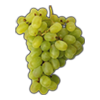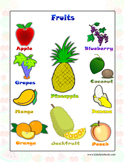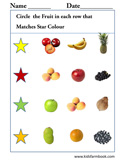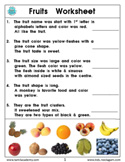DESCRIPTION:
Mangoes belong to the genus Mangifera, consisting of numerous species of tropical fruiting trees in the flowering plant family Anacardiaceae, of which Mangifera indica, or the common mango, is commonly cultivated and used for food. The mango is indigenous to India. Cultivated in many tropical and subtropical regions and distributed widely in the world, mango is one of the most extensively exploited fruits for food, juice, flavor, fragrance and color.
In several cultures, its fruit and leaves are ritually used as floral decorations at weddings, public celebrations and religious ceremonies.
Mango trees (Mangifera indica L.) grow 35 - 40 m (115 - 131 ft) tall, with a crown radius of 10 m (33 ft). The mango tree is long-lived; some specimens still fruit after 300 years. In deep soil the taproot descends to a depth of 6 m (20 ft) and the profuse, wide-spreading feeder roots also send down many anchor roots which penetrate several feet of soil. The leaves are evergreen, alternate, simple, 15 - 35 cm (5.9 - 14 in) long and 6 - 16 cm (2.4 - 6.3 in) broad; when the leaves are young they are orange-pink, rapidly changing to a dark glossy red, then dark green as they mature. The flowers are produced in terminal panicles 10 - 40 cm (3.9 - 16 in) long; each flower is small and white with five petals 5 - 10 mm (0.20 - 0.39 in) long, with a mild sweet odor suggestive of lily of the valley. The fruit takes three to six months to ripen.
The ripe fruit is variable in size and color. Cultivars are variously yellow, orange, red or green and carry a single flat, oblong pit that can be fibrous or hairy on the surface. Ripe, unpeeled fruit gives off a distinctive resinous, sweet smell. Inside the pit 1 - 2 mm (0.039 - 0.079 in) thick is a thin lining covering a single seed, 4 - 7 mm (0.16 - 0.28 in) long, 3 - 4 cm (1.2 - 1.6 in) and 1 cm (0.4 in). The seed contains the plant embryo.
|


